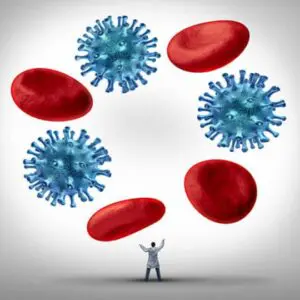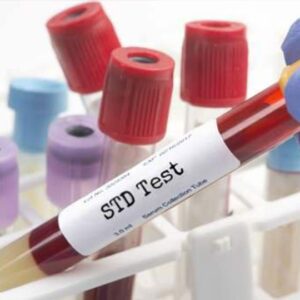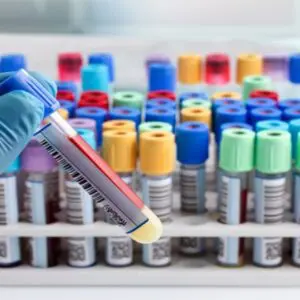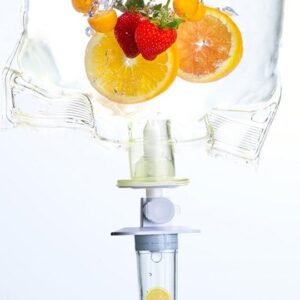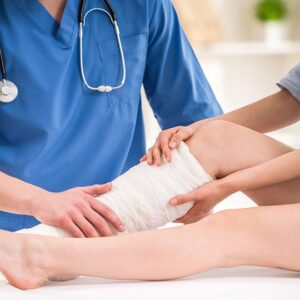Whether you are recovering from surgery or injury, it is important to keep an eye out for a possible wound infection. Your risk of infection are increased by certain chronic conditions. medications, psychosocial factors, and poor wound care hygiene practices. Even when you take all of the right steps to prevent an infection, factors beyond your control may cause one to develop.
Microorganisms like bacteria may infiltrate the wound, multiple, and damage your skin’s tissues, which cause systemic illness and delays the healing process. If you notice any of the following signs, see your doctor as soon as possible for infected wound treatment.

Malaise is a common non-specific sign of a localized systemic infection. It is feeling of tiredness and a lack of energy. You may not feel up to completing normal activities or begin sleeping more than usual. While this type of feeling is associated with surgical recovery, there is a big difference from white is typical and what is a sign of infection. People who are recovering from surgery without an infection feel a little better day by day. Those recovering from surgery who contract an infection might feel good and then suddenly become exhausted.
Running a fever can cause headaches and decrease your appetite. Running a low-grade fever of 100 degrees Fahrenheit or less is typical following surgery. If your temperature reaches 101 degrees or more, it may be indicative of a wound infection. If this happens, consult your surgeon or physician immediately. Keeping in mind that if your fever is due to an open or chronic wound, antiseptics in the form of impregnated dressings containing honey or silver may be helpful.
It is quite normal to have some fluid drainage from the incision area after surgery. Expect clear or slightly yellow-colored fluid to drain from your wound. If the drainage fluid is cloudy, green, or foul smelling, this could be a sign that the wound is infected. Healthy wound drainage can be managed by absorbent dressings like hydrocolloids or negative pressure therapy. Contact your health care provider to find out what types of wound care supplies you need to treat the infection.
While pain is common after surgery, it should gradually subside as your body heals. Pain medication can help, but you should be able to stop taking them comfortably over time. To prevent unwarranted pain, follow your doctor’s wound care directions and avoid strenuous activities. If you continue to experience pain or suddenly have increased pain, it may be a sign of infection. If this happens, consult with your surgeon or physician.
When an infection develops in a wound or incision, the body sends infection-fighting blood cells to the location. This may make your wound or incision feel warm to the touch. If the hot temperatures continue, the infection may cause you to develop other infection symptoms.
Some redness is normal at the wound site, but is should diminish over time. However, if your surgical incision or wound continues to be red or exhibit radiating streaks known as lymphangitis, this is a warning sign of a wound infection. Like redness, some swelling is to be expected at the wound site and should decrease over time. If the swelling doesn’t not go down during the initial phases of the wound healing process, you could have an infection.


